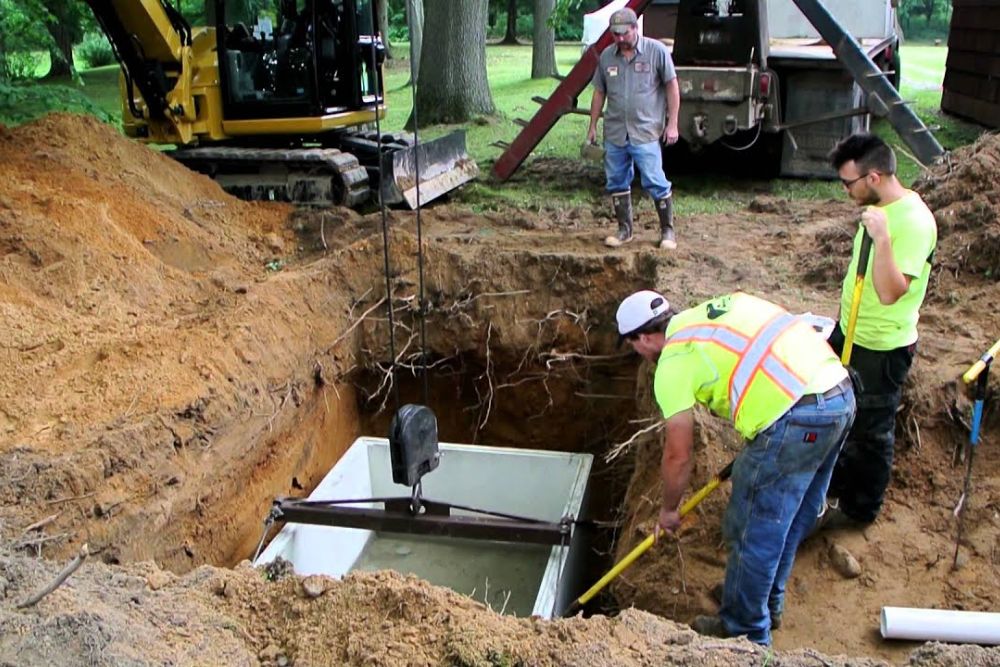How Can Homeowners Increase the Appraised Value of Their Property?
attractive landscaping, and outdoor lighting. Next, upgrade interior spaces, focusing on the kitchen and bathrooms for a modern touch. Improving energy efficiency with solar panels or better insulation can attract eco-conscious buyers and lower utility costs. Don’t forget regular maintenance, which prevents costly repairs and keeps your home in top shape. Finally, document all upgrades to showcase your home’s value. By taking these steps, you’ll set yourself up for a higher appraisal and discover even more effective strategies along the way.
Enhance Curb Appeal
Enhancing your home’s curb appeal can considerably boost its appraisal value. If you’re ready to get started on your property appraisal in Hervey Bay, start by giving your front door a fresh coat of paint or replacing it altogether. A vibrant, inviting front door not only draws attention but also sets the tone for your entire home.
Next, invest in outdoor lighting to illuminate pathways and highlight architectural features. Well-placed lights can create a warm ambiance and improve safety during evening hours.
Consider adding potted plants near the entrance or along walkways to add color and life to the space. These small changes can make a significant impact, making your home more attractive to potential buyers and appraisers alike.
Upgrade Interior Spaces
Once you’ve improved your home’s curb appeal, turning your attention to upgrading interior spaces can further elevate its appraisal value. Focusing on key areas like the kitchen and bathroom can make a significant difference.
Here are some upgrades to contemplate:
- Kitchen remodeling: Modernize appliances and countertops for a fresh look.
- Bathroom upgrades: Add new fixtures and tiles to enhance aesthetics.
- Open floor plans: Create flow by removing unnecessary walls.
- Lighting improvements: Install energy-efficient fixtures to brighten up spaces.
- Fresh paint: Choose neutral colors to appeal to a wider audience.
These enhancements not only boost your home’s livability but also attract potential buyers, making your property more valuable in the eyes of appraisers.
Improve Energy Efficiency
Improving your home’s energy efficiency can greatly increase its appraisal value while also lowering utility bills.
One effective way to do this is by investing in solar panels. Not only do they reduce your reliance on the grid, but they also appeal to eco-conscious buyers.
Additionally, consider getting an energy audit to identify areas where your home can be more efficient. This audit can help you pinpoint insulation gaps, outdated appliances, or inefficient HVAC systems that may need upgrades.
By addressing these issues, you show potential buyers that your home is modern, cost-effective, and environmentally friendly.
Focus on Landscaping
A well-maintained landscape can greatly boost your home’s curb appeal and overall appraisal value. When you focus on landscaping, you create a welcoming environment that potential buyers will love.
Here are some effective ways to enhance your outdoor space:
- Plant native plants that require less water and maintenance.
- Install outdoor lighting to highlight pathways and architectural features.
- Create defined garden beds with mulch for a clean look.
- Add seating areas like a patio or deck to encourage outdoor living.
- Maintain your lawn with regular mowing and fertilization.
Maintain and Repair
To boost your property’s appraisal value, keeping up with regular maintenance is key.
Create a schedule to tackle routine tasks and develop an essential repairs checklist to address any issues promptly.
This proactive approach not only enhances your home’s appeal but also guarantees its longevity.
Regular Maintenance Schedule
Establishing a regular maintenance schedule is crucial for keeping your property’s value intact and preventing costly repairs down the line. By implementing seasonal inspections and preventative measures, you can catch small issues before they escalate.
Here’s what to focus on:
- Inspect the roof for missing shingles or leaks.
- Service your HVAC system to guarantee energy efficiency.
- Clean gutters to prevent water damage.
- Check plumbing for leaks or corrosion.
- Maintain landscaping to enhance curb appeal.
Essential Repairs Checklist
Knowing what repairs to prioritize can greatly boost your property’s appraisal value and prevent future issues.
Start with essential repairs like fixing leaks, replacing broken windows, and making sure the roof is in good condition.
Next, consider kitchen renovations; updating appliances or countertops can considerably enhance appeal.
Don’t forget about bathroom upgrades, such as re-grouting tiles or installing new fixtures, which can also add value.
Pay attention to your home’s curb appeal—landscaping, a fresh coat of paint, and well-maintained driveways make a big difference.
Finally, check your HVAC system and plumbing for any necessary repairs.
Document Upgrades and Improvements
Enhancing your property’s appraisal value often hinges on the thorough documentation of upgrades and improvements you’ve made. When you can showcase the work done, it supports your home’s worth.
Make sure to keep records of:
- Kitchen remodels, including before-and-after photos
- Bathroom upgrades, like new fixtures or tile work
- Energy-efficient installations, such as windows or appliances
- Structural improvements, like roof replacements or foundation repairs
- Landscaping enhancements, including tree planting or garden design
Having this documentation readily available can greatly impact the appraiser’s perception of your property. It demonstrates your commitment to maintaining and improving your home, which can lead to a higher appraisal value in today’s competitive market.
